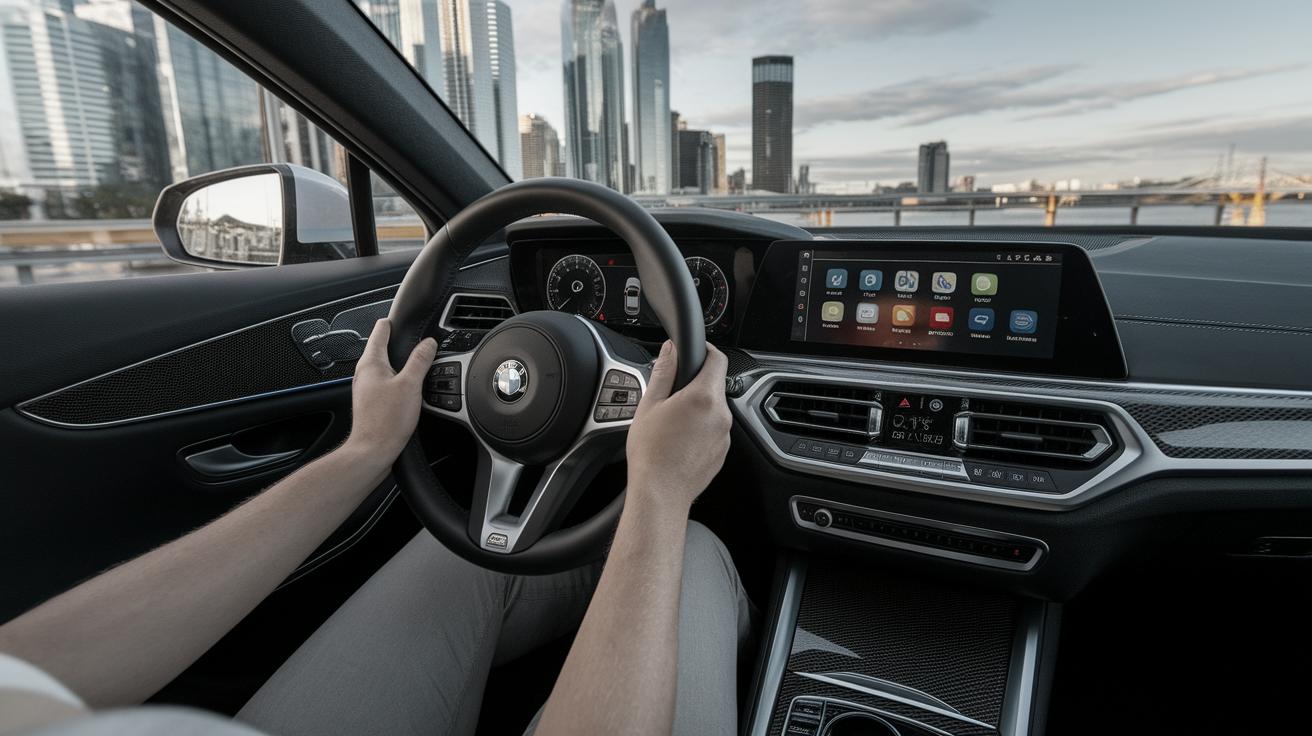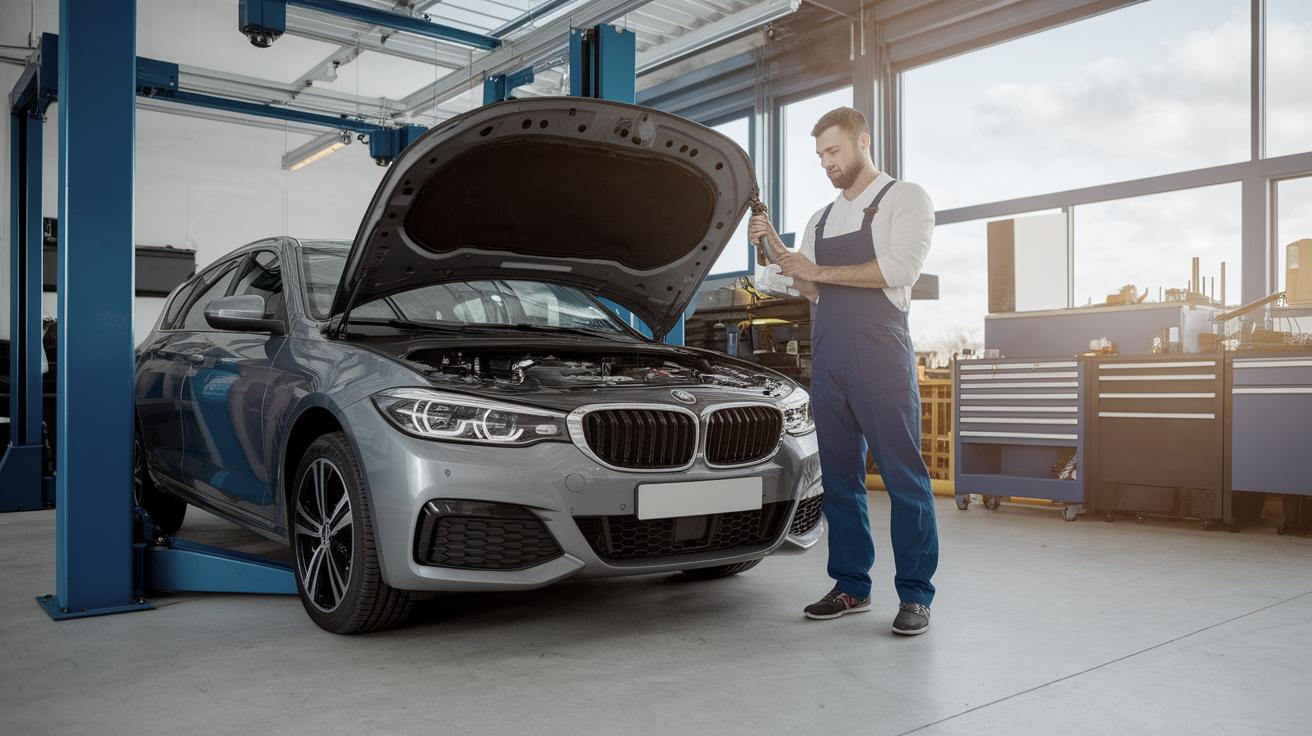How to Find Spare Parts for Classic Cars
Restoring classic cars to their former glory is both an art and a passion. Whether you own a vintage treasure or are considering a new project, finding the right spare parts is crucial. This guide delves into the various resources available for locating classic and restoration auto parts, introduces top performance brands, and highlights featured and new products on the market. We also address common questions and provide insight into related topics and premium restoration panels. Join us as we explore the fascinating world of classic car restoration and supply solutions tailored to enthusiasts and restorers alike.
Classic car and restoration auto parts location at everyday low prices
When it comes to locating classic car parts, affordability is key. Many enthusiasts are wary of spending exorbitant amounts on components that might not even match their vehicle’s requirements. To counteract this, there are several marketplaces and specialist suppliers that offer classic and restoration auto parts at competitive prices.
Online platforms such as eBay, RockAuto, and specialized forums are treasure troves for budget-conscious enthusiasts. Additionally, attending car shows, swap meets, and establishing connections with fellow restorers can open up opportunities to find rare parts without breaking the bank.
Why we should be your first choice for restoration & muscle car parts
Choosing the right supplier for restoration and muscle car parts can make all the difference in your project. Our commitment to quality ensures that each part meets the high standards expected for classic car restoration, giving your vehicle the performance boost it needs.
With an extensive catalog that covers a wide range of brands and models, we ensure that our customers find exactly what they need. We provide knowledgeable support to guide you through any difficulties, assisting you in selecting the ideal components for your classic car.
Featured performance brands
Dakota Digital Parts
Dakota Digital is renowned for its precision and innovation in the realm of digital instrumentation systems. They offer a variety of high-quality gauges that cater to the needs of classic car enthusiasts, providing modern functionality with a vintage look.
UMI Performance Parts
Specializing in suspension and chassis components, UMI Performance is synonymous with durability and performance. Their products are tailored to enhance vehicle dynamics, ensuring a seamless driving experience.
Vintage Air Parts
For those passionate about keeping cool behind the wheel, Vintage Air offers top-notch air conditioning systems specifically designed for classic cars. Their kits are not only effective but also blend seamlessly into the original design.
American Autowire Parts
American Autowire stands as a leader in vehicle wiring systems, providing kits and harnesses that simplify the daunting task of rewiring a classic car. Their configurations are user-friendly and adhere to OEM specifications.
AMK Products Parts
AMK Products is the go-to provider for fasteners and hardware that mirror original manufacturer specs. Their meticulous attention to detail ensures restorers can achieve an authentic factory finish.
Trans-Dapt Parts
Trans-Dapt offers a variety of engine and transmission components, enhancing the performance and reliability of classic muscle cars. Their spacers, adapters, and mounts are well-regarded among performance enthusiasts.
Featured Products
Our featured products section is designed to highlight select items that exemplify quality and performance. Whether you’re seeking rare trims, vintage-style wheels, or specialized coatings, our curated selection offers something for every restorer’s requirement.
By emphasizing these products, we hope to inspire restorers by showcasing innovative advancements alongside classic authenticity, allowing vehicles to attain both aesthetic and functional excellence.
New Products
We are continuously expanding our offer with newly introduced products updating our catalog to reflect the latest advancements and trends in the industry. Staying abreast of these developments ensures our customers have access to cutting-edge solutions.
Recent introductions like adaptive suspensions, state-of-the-art infotainment systems, and eco-friendly coatings among new offerings reflect our commitment to diversity and innovation within the classic car restoration market.
Classic Car Parts FAQ
One frequent question among restorers revolves around the availability of vintage parts. While original parts can be challenging to source, reproduction parts provide an excellent alternative without compromising quality.
Another common concern is compatibility; working closely with knowledgeable suppliers and confirming specifications beforehand can prevent frustrations and ensure a smoother restoration process.
Related Articles
To further your understanding and aid in your restoration journey, consider diving into our related articles offering deep insights into restoration techniques, historical contexts, and personal accounts from seasoned car restorers.
Whether you’re interested in the stories behind rare finds or technical guides on engine swaps, our curated reading list has you covered.
Dynacorn – Premium Classic Car Restoration Panels & Body Parts
Renowned for their body panels and structural components, Dynacorn focuses on precision and standards. They offer high-quality replicas that ensure you can maintain the integrity and appearance of your classic vehicle.
Their selection includes a variety of panels compatible with several classic models, giving you the tools to restore bodywork with confidence.
OER – Authentic Reproduction Restoration Parts
OER stands out in the market with its authentic reproduction parts. Their inventory ranges from exterior trims to interior components, emphasizing an authentic replication of the factory originals.
Their dedication ensures even the most detail-oriented restorers can replicate a vehicle’s factory conditions accurately.
RESTOPARTS – Restoration Parts for Classic GM Cars
Specializing in General Motors classics, RESTOPARTS offer parts that cater to a range of GM vehicles. Their catalog includes body panels, interior kits, and external trims tailored for these distinguished models.
Their comprehensive approach supports enthusiasts in every aspect of their restoration endeavors, ensuring projects are completed to the highest standard.
Summary of main points
| Section | Content Summary |
|---|---|
| Location of Auto Parts | Discusses affordable sources and strategies for finding parts. |
| Supplier Choice | Explains our advantage as a provider of high-quality classic car parts. |
| Performance Brands | Introduction to key brands like Dakota Digital and UMI Performance. |
| Featured/New Products | Highlights notable products and innovations in the classic auto parts market. |
| FAQs and Articles | Answers common restoration questions and suggests further reading. |
| Dynacorn, OER, RESTOPARTS | Details on standout suppliers and their specialization in classic car restoration. |









